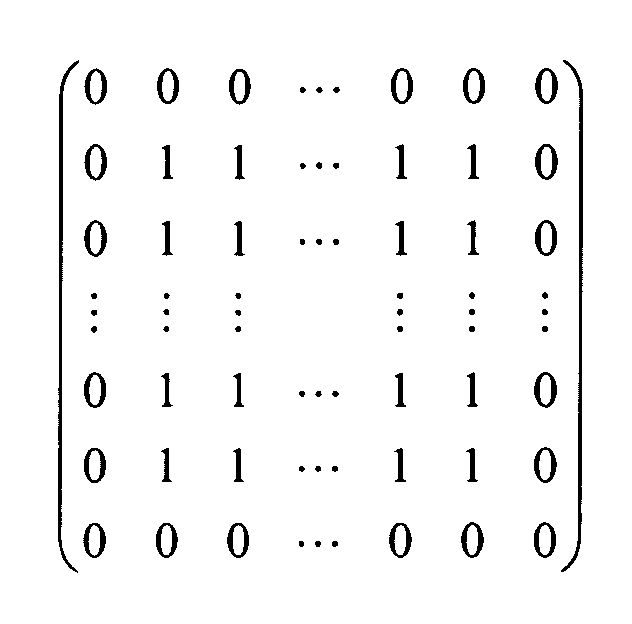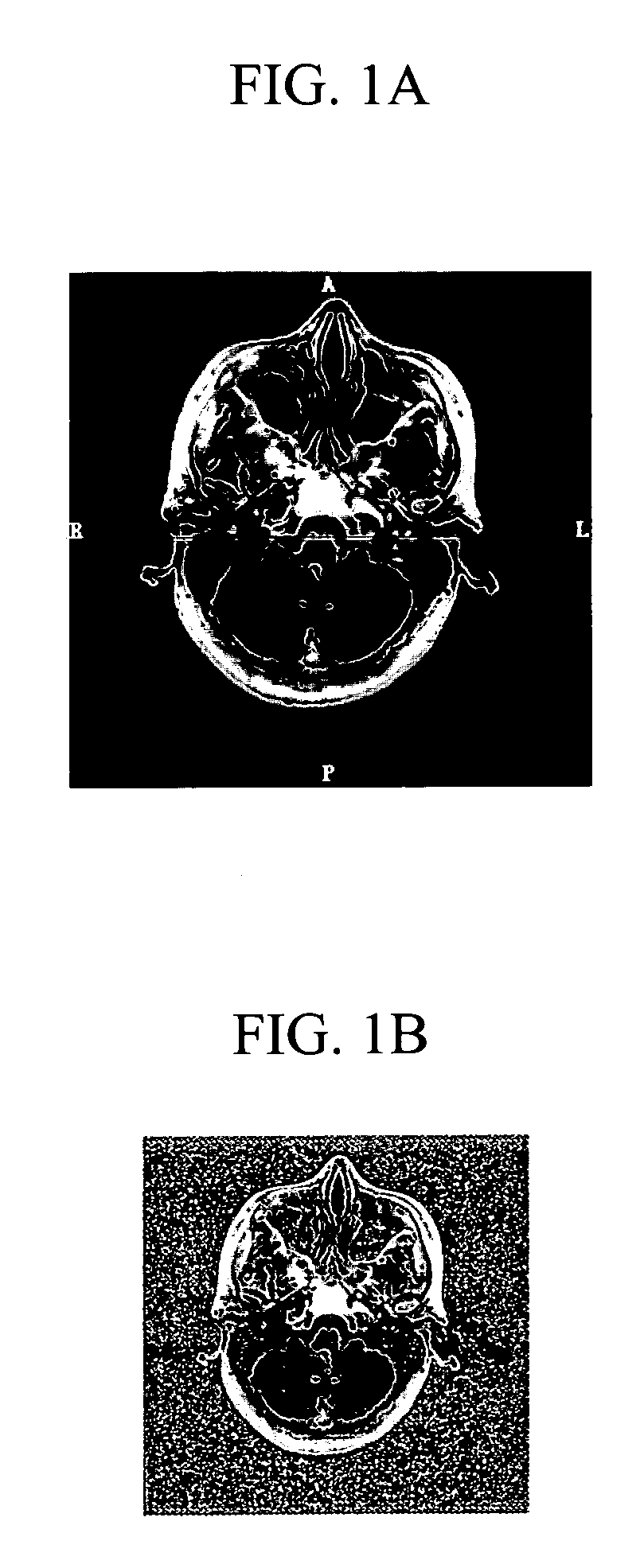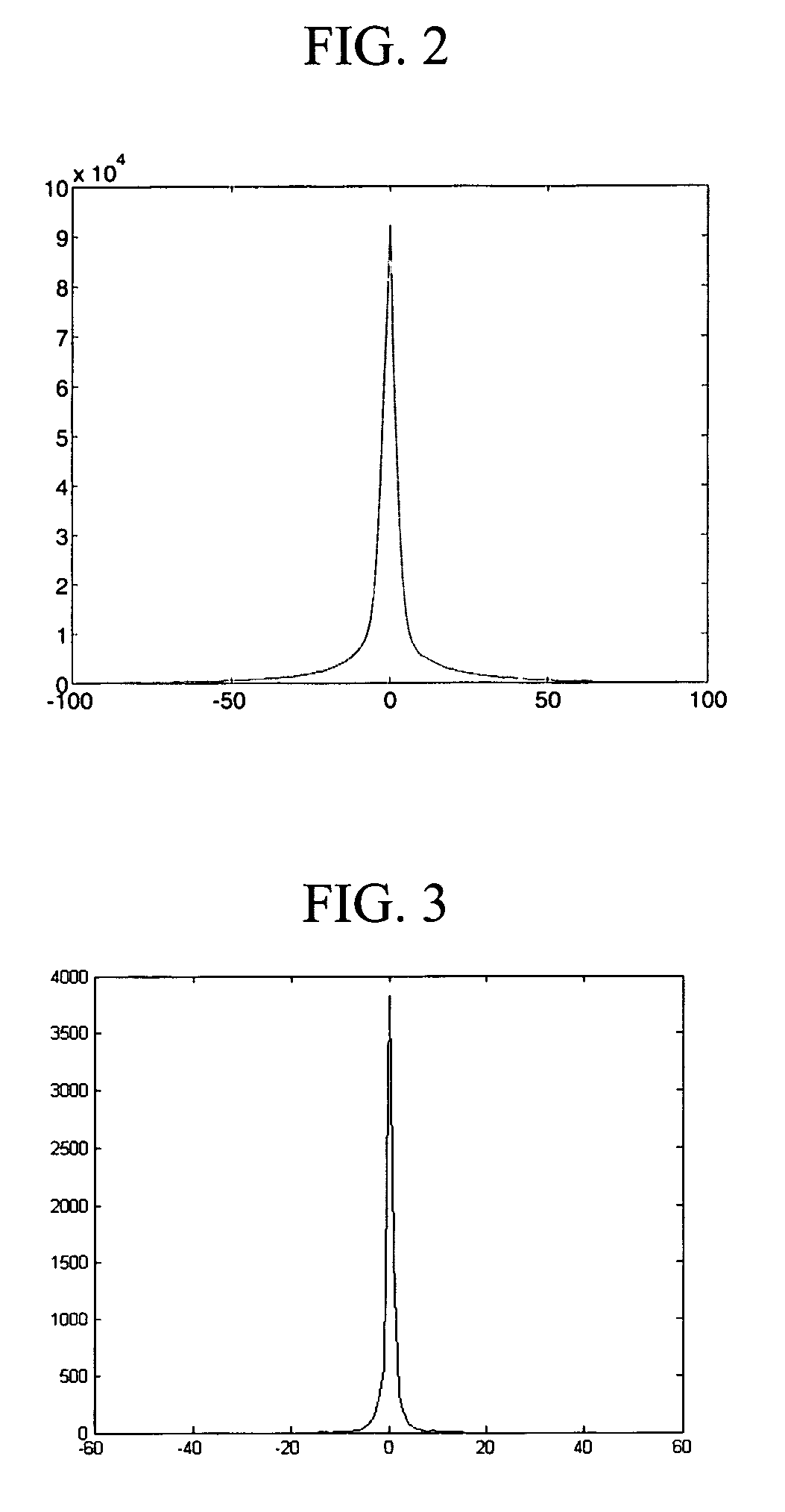System and method for robust lossless data hiding and recovering from the integer wavelet representation
a lossless data and integer wavelet technology, applied in the field of methods and apparatus for embedding data in images, can solve the problems of difficult to restore the cover media to the condition it was in prior, permanent distortion of the cover media generally remains, and the cover media will generally experience some distortion
- Summary
- Abstract
- Description
- Claims
- Application Information
AI Technical Summary
Benefits of technology
Problems solved by technology
Method used
Image
Examples
Embodiment Construction
[0044]We have studied the features of image wavelet transforms and found out that coefficients of the high frequency sub-bands (HLn, LHn, or HHn) have a zero-mean and Laplacian-like distribution. An example of this is the HL1 sub-band of a N1A JPEG2000 test image, called N1A, depicted in FIG. 2 where the X-axis represents the IWT (Integer Wavelet Transform) coefficient values, while the Y-axis represents the numbers of coefficients that assume the respective coefficient values. We further divide this sub-band into non-overlapping square blocks with the side length B and calculate the mean of the coefficients values in each block.
[0045]Mean(t)=1B2∑i=1B∑j=1BCij(t)(1)
[0046]where the superscript (t) indicates the tth block, and Cij(t) denotes the IWT coefficients of the tth block. FIG. 3 illustrates one example of the distribution of these mean values. In FIG. 3, the X axis represents the mean values of the 10×10 non-overlapping blocks (i.e. side length B=10) in the HL1 sub-band of t...
PUM
 Login to View More
Login to View More Abstract
Description
Claims
Application Information
 Login to View More
Login to View More - R&D
- Intellectual Property
- Life Sciences
- Materials
- Tech Scout
- Unparalleled Data Quality
- Higher Quality Content
- 60% Fewer Hallucinations
Browse by: Latest US Patents, China's latest patents, Technical Efficacy Thesaurus, Application Domain, Technology Topic, Popular Technical Reports.
© 2025 PatSnap. All rights reserved.Legal|Privacy policy|Modern Slavery Act Transparency Statement|Sitemap|About US| Contact US: help@patsnap.com



